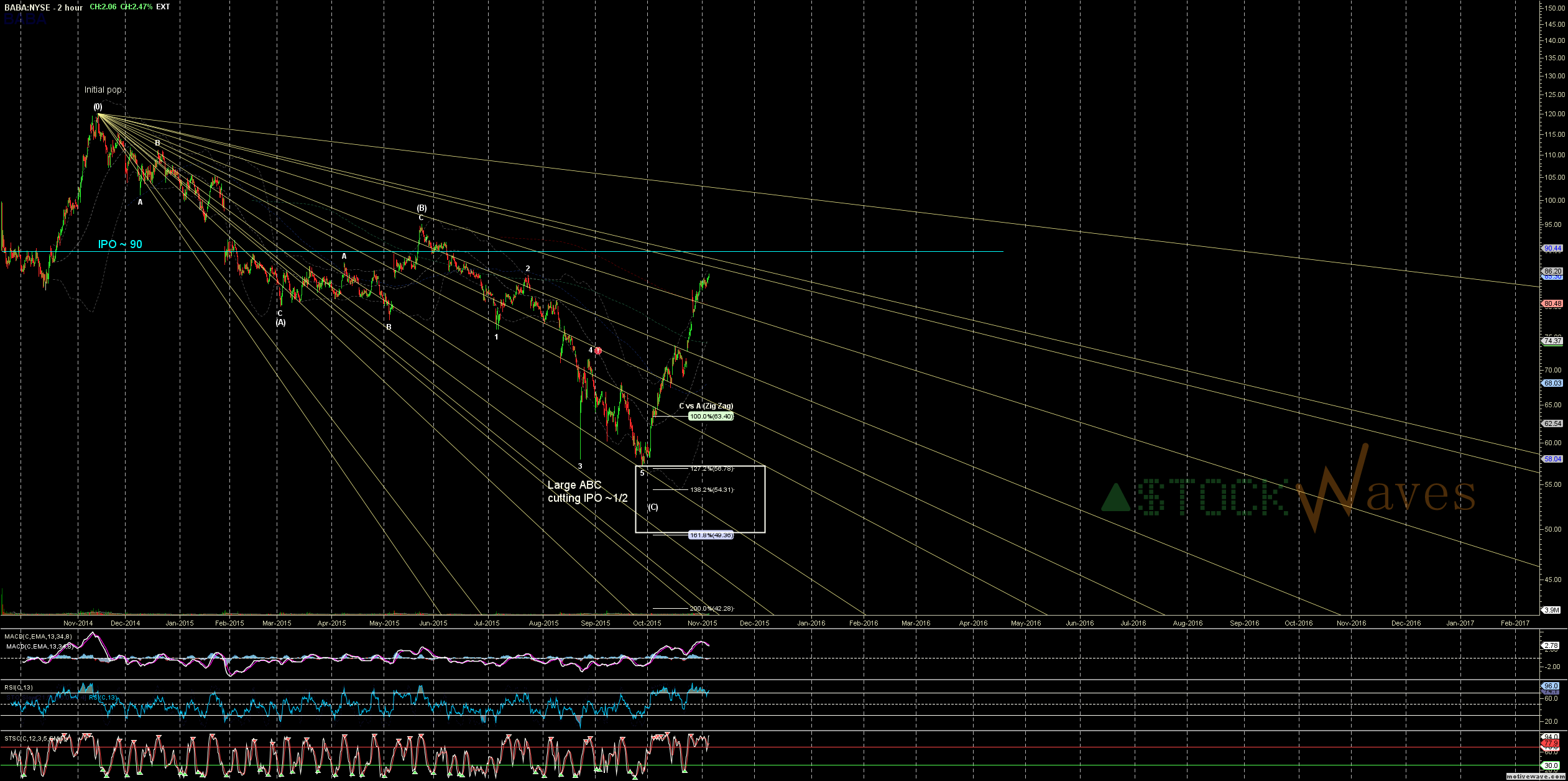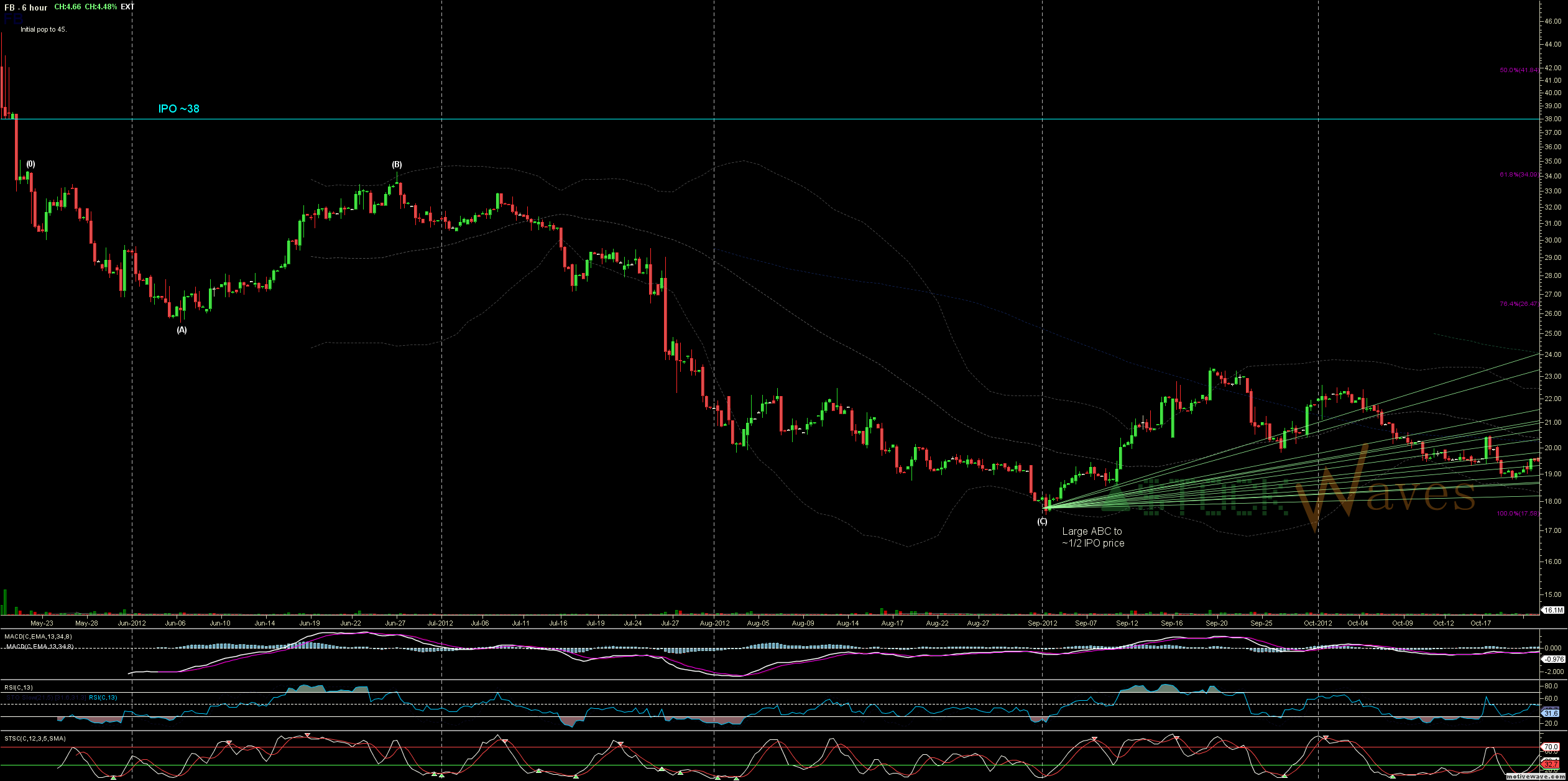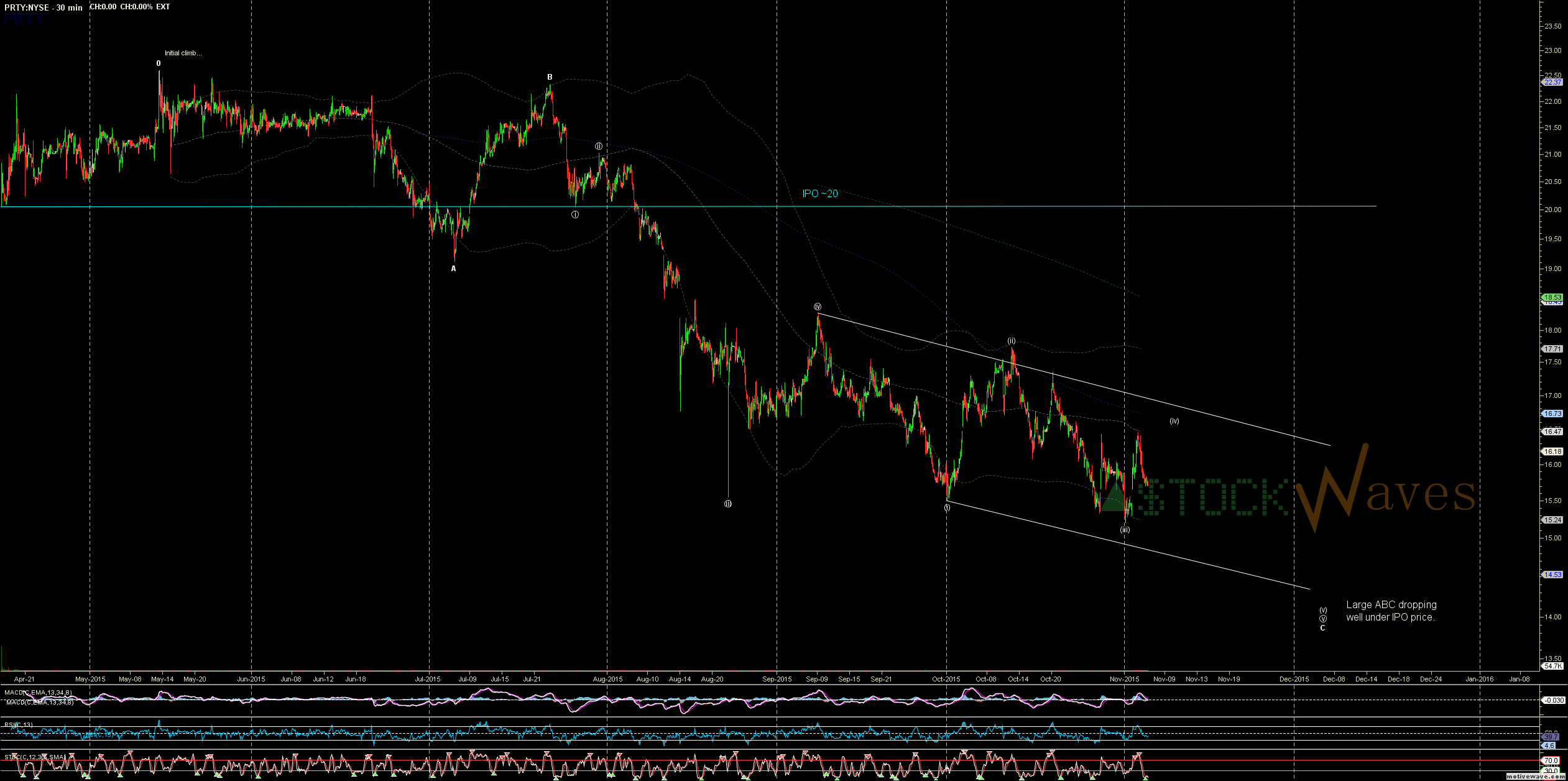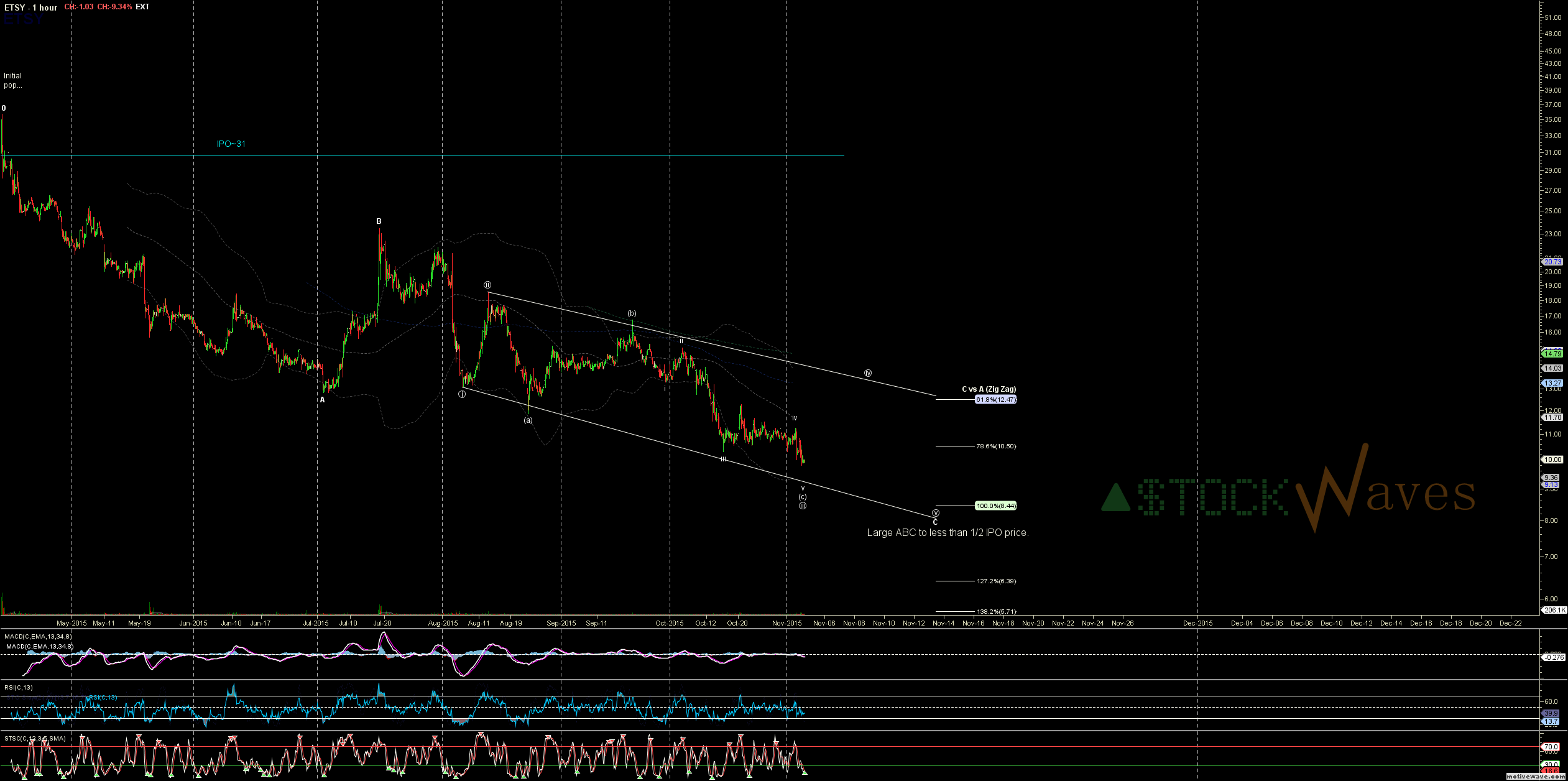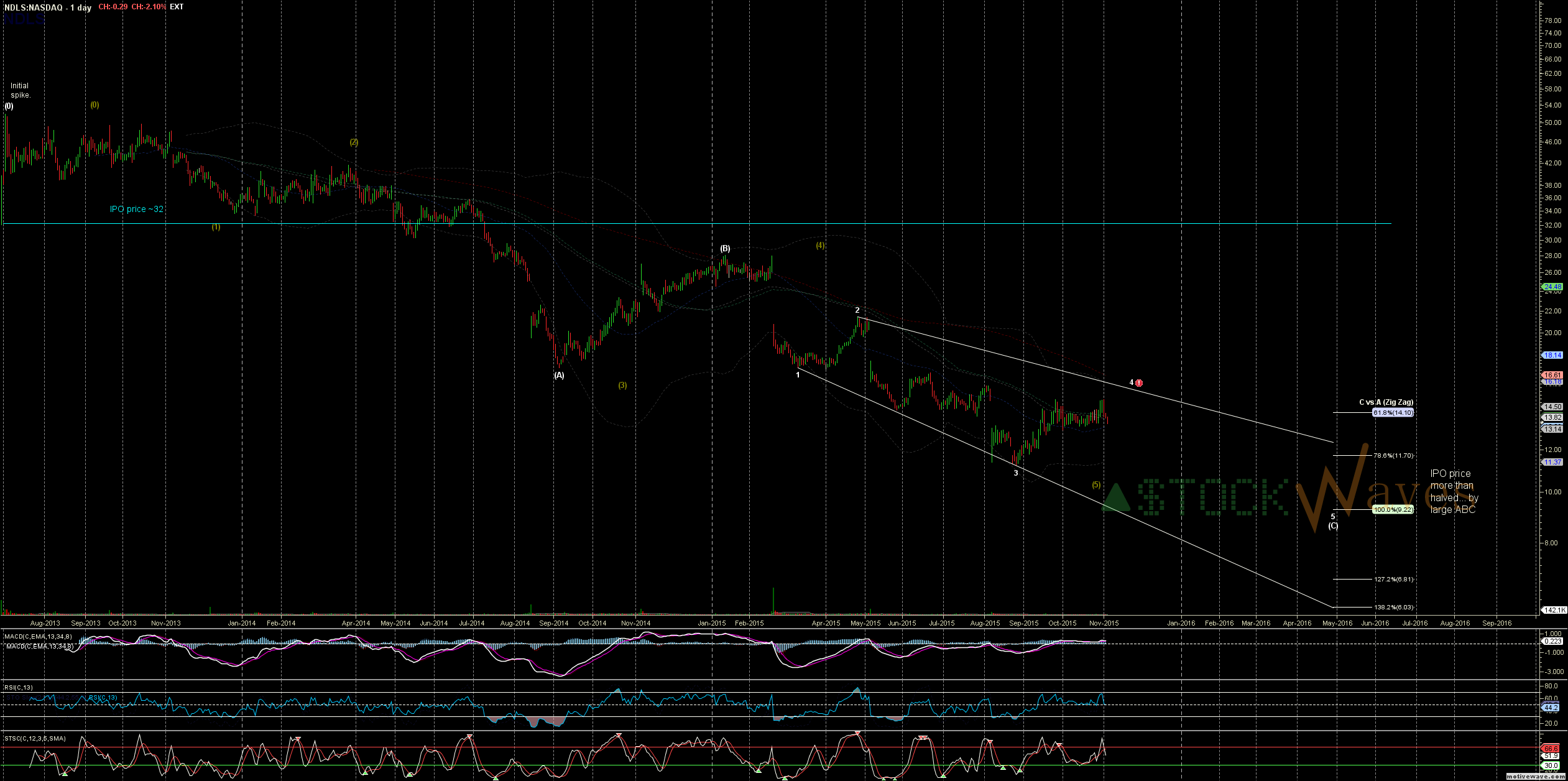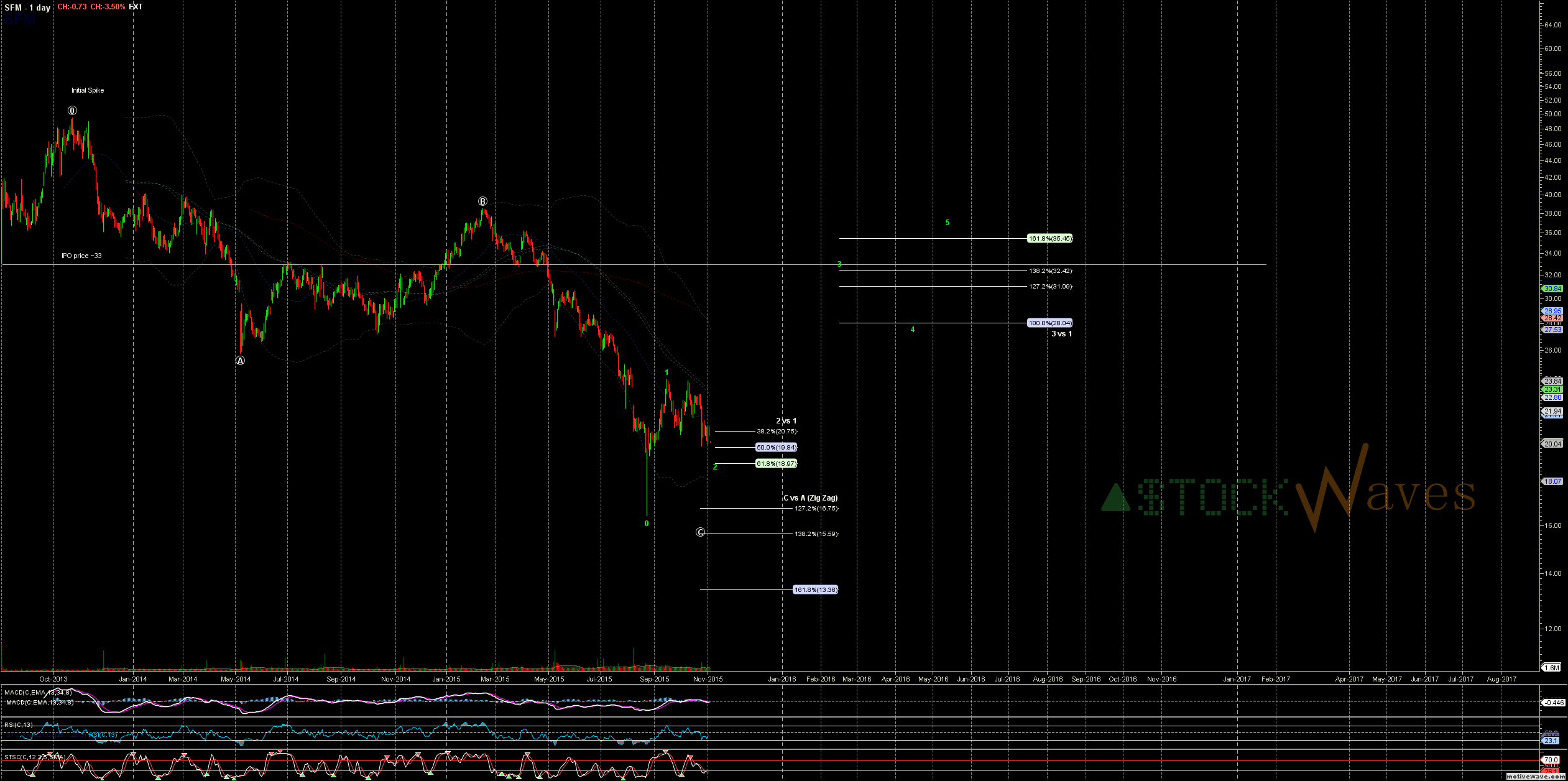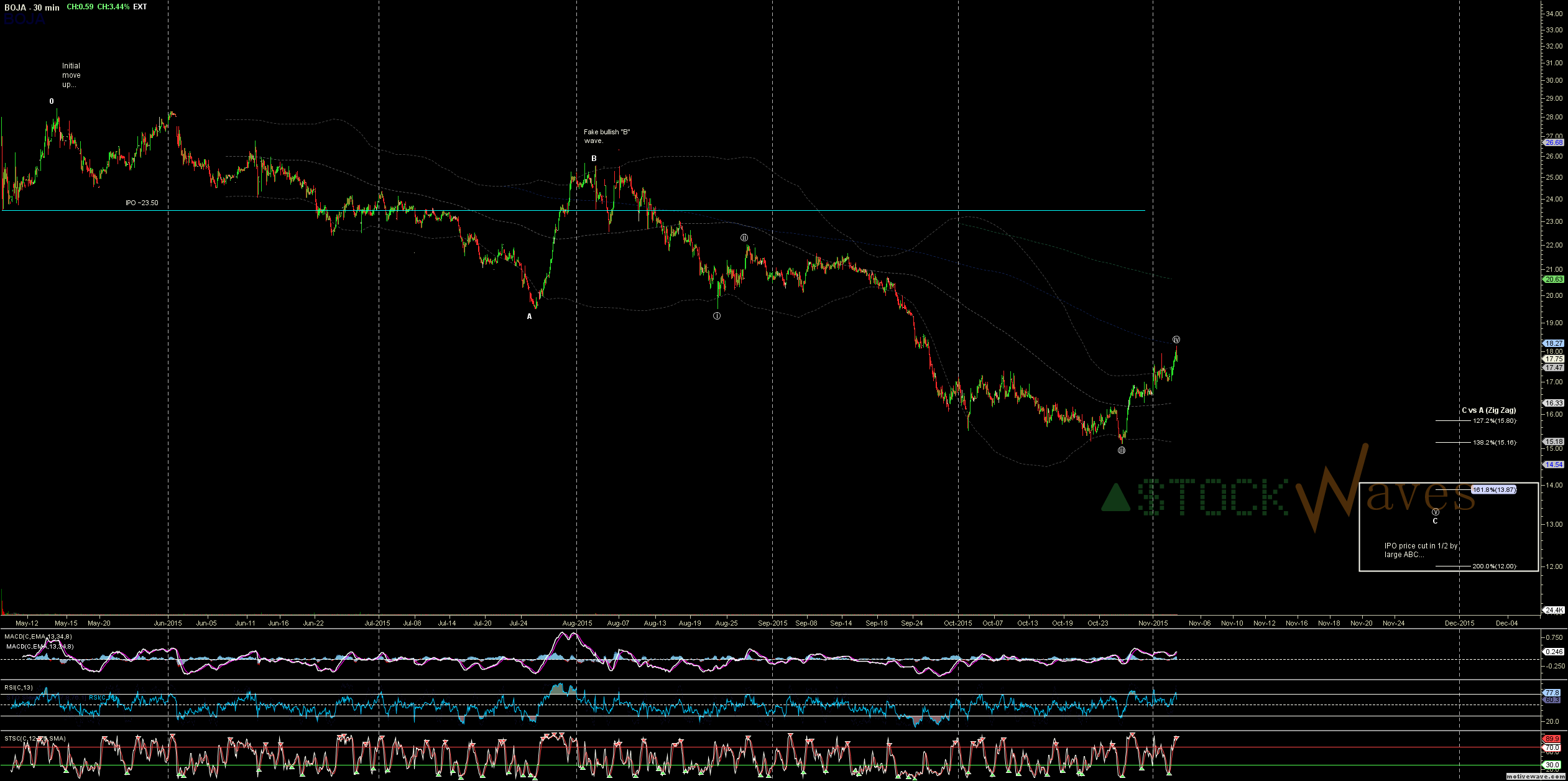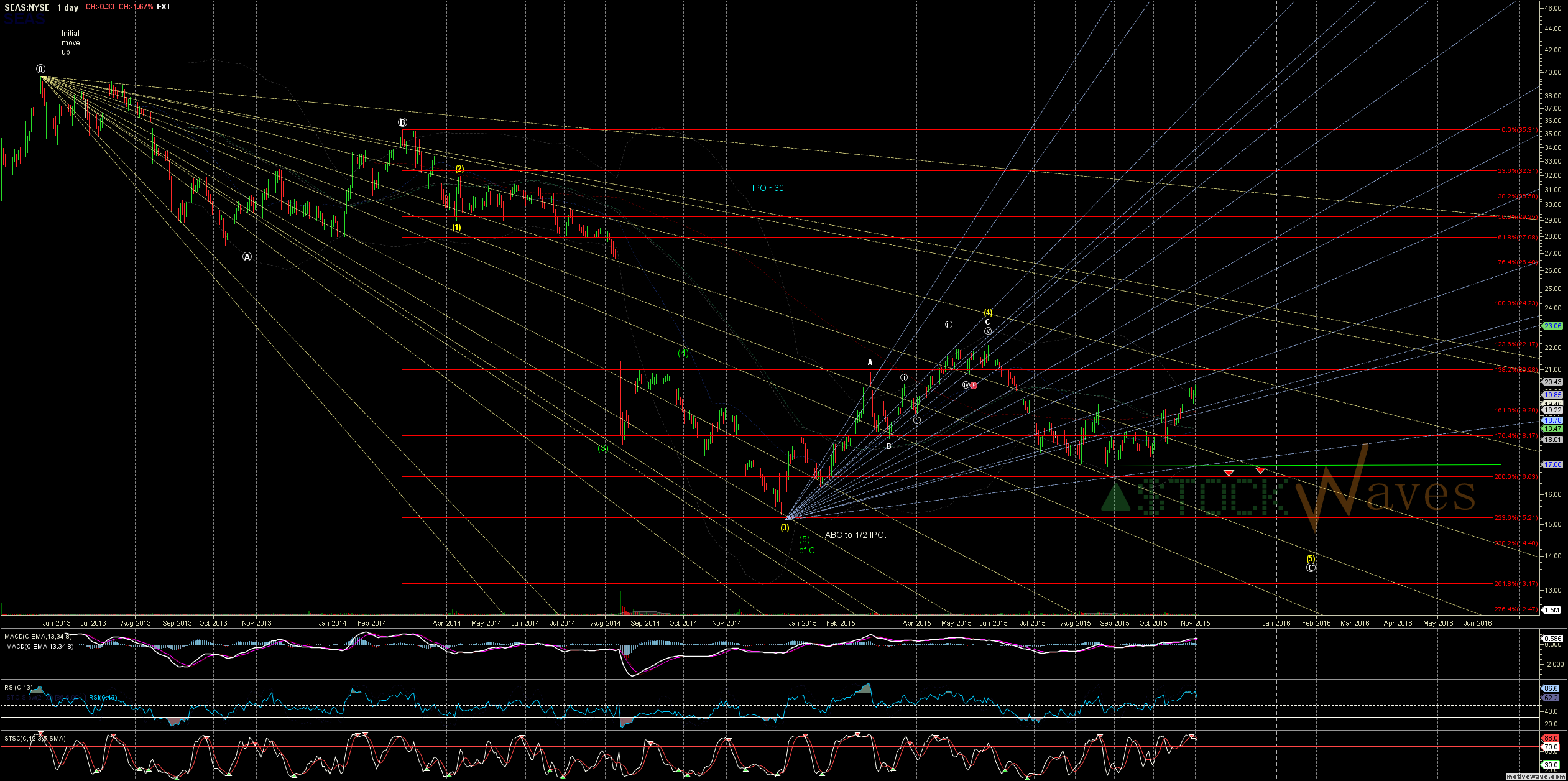Why You Should Not Buy IPO’s
Everyone is talking about the surge in IPO’s of late. And, as we know, there are few stocks which receive more hype than an initial public offering, yet, at the same time, there are few stocks more risky. But, I have not seen anyone really review what these IPO’s do after their offerings are made on the market.
An initial public offering is when a private company makes its shares available through a publically trading stock market. Oftentimes, the reason for the company to “go public” is to raise funds, as it is much easier to raise capital in this manner.
IPO’s are often preceded by major marketing campaigns, highlighting the underlying company in order to stimulate buying interest in the company. And, when the marketing it truly good, then the stock will often soar from the opening price of the IPO within the hours and days of the opening price. This hype often pushes people into a buying frenzy, as the price rises to levels which, historically, have proven to be unsustainable.
In fact, the great majority of the time, not only do we see the price of the stock come back towards the price of the IPO, we see the price drop to at least 50% of the price struck not long after the IPO. Yes, you heard that right. Most of the recent IPO’s have not only been unable to sustain their opening price months after the IPO, but most have dropped to 50% of the price struck not long after the IPO.
Let’s look at a few examples.
First is BABA. This was a highly anticipated IPO, launched in Sept 2014 at $90. The day of the IPO, it surged to almost $100, on its way to a November 2014 high of $120, before falling in an almost year-long correction that saw a low of 57.25, or 36% under the IPO price and 52% off the high.
Next is FB. This was likely one of the most hyped IPOs of all time, and it opened at $38 in May 2012. That day it spiked to $45, but then quickly came back down, on its way to $17.50 in September of that same year. It saw nearly 54% shaved off the IPO price in three and a half months and 61% off the$ 45 peak.
ETSY and PRTY were more recent IPOs that were not only equally hyped, but both launched on the same day- April 16, 2015. PRTY came out at $20 and managed an initial rocky climb in the first few weeks of trading to a modest $22.60 level. Currently, it has hit a low of $15.20 and still looks like it has lower to go. So far, it has shaved 24% off its IPO price, and does not look done to the downside.
ETSY has not fared any better. Its IPO price was $31, and it spiked its opening day to almost $36, but closed red. Currently, it is just under $10, which represents a haircut of over 68% so far and the final projected low of $8.44 will be a 76.4% retrace from the spike high of $36.
These are just a handful of recent examples, and there are many more, including NDLS (lost 65% from its high), SFM (lost 67% from its high), SEAS (lost 63% from its high), and BOJA (lost almost 50% from its high).
The question now is why does this happen? Well, if one understands how market sentiment drives the price of the IPO, and how sentiment is patterned, we can easily understand this phenomena.
When a company has sufficient growth and interest that it has become a candidate for an IPO, it is most likely approaching the top of what we would call a 5th wave in Elliott Wave parlance. This is usually the stage within the cycle of a stock when the excitement for the stock has reached the point it exceeds its true value. In fact, 5th waves usually exhibit the largest amount of optimism and euphoria about a stock relative to the rest of the cycle, and is often when an IPO for the stock is released.
Now, what we know about 5th waves is that once the stock completes that wave, it usually retraces back towards the 50%-62% retracement from its high. And, as we have seen, most of these recent IPO’s dropped to approximately 50-62% of their IPO prices or highs seen not long after their IPO’s.
As you can see, not only is it not advisable to buy an IPO on the day it comes out, but if you really like the company, then you should wait for the point at which the stock retraces to the 50% level of the price struck not long after the IPO. And, as we have shown, if you understand how market sentiment drives prices and sentiment movements are patterned, this is probably the smartest way to buy companies you like well after they roll out as an IPO, and, often, for quite a large discount to the IPO price. Ultimately, we are cautioning “don’t believe the hype.”
The article was co-written by myself and Zachary Mannes, the Lead Analyst of the StockWaves service at Elliottwavetrader.net. StockWaves, with its four analysts, provides Elliott Wave analysis to all stocks on the public US exchanges.

